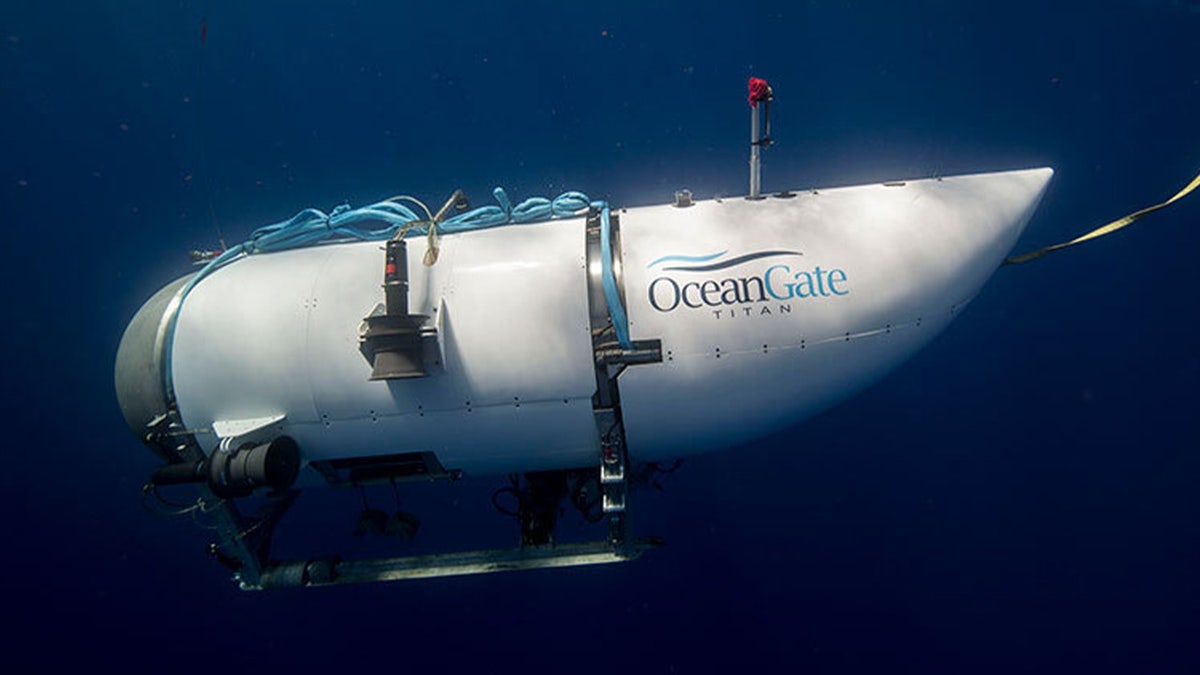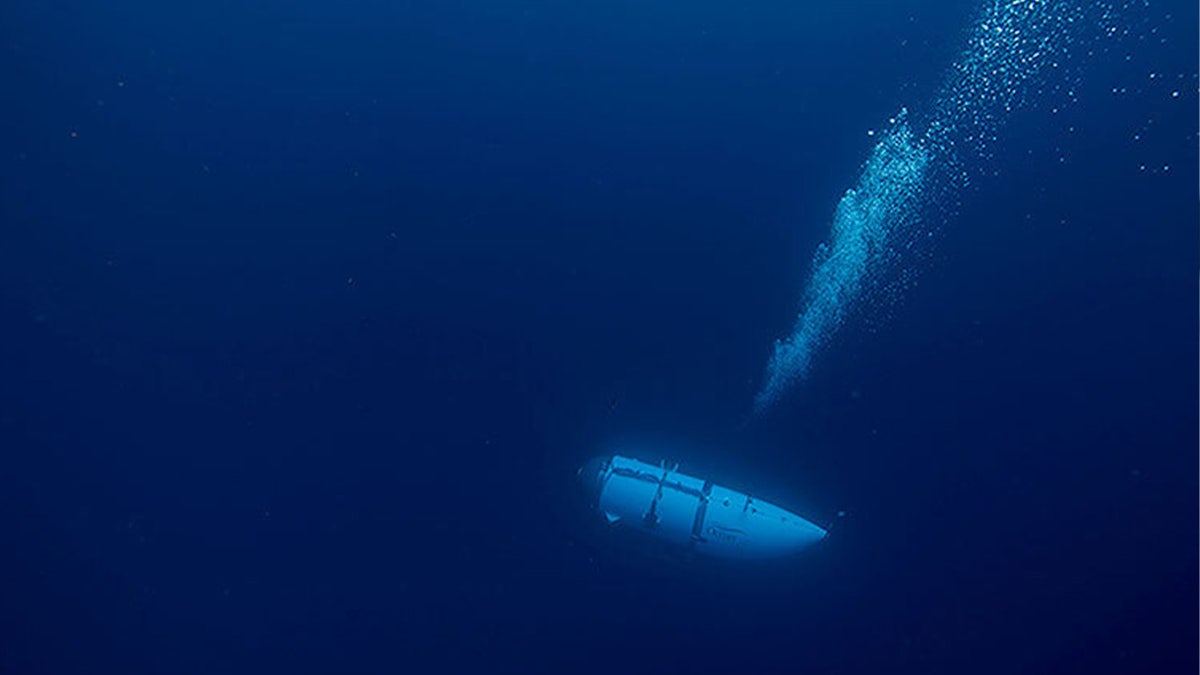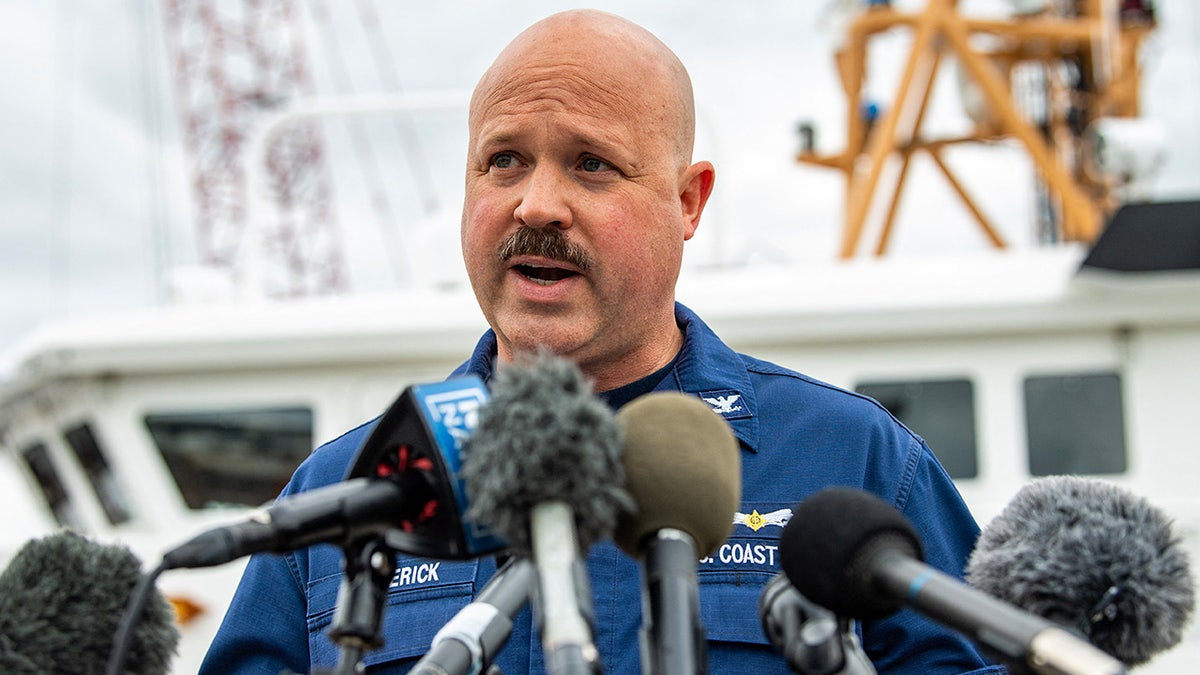Amidst the ongoing search for the missing Titanic tourist submersible, a glimmer of hope emerged as a Canadian aircraft detected underwater noises in the search zone. The U.S. Coast Guard Northeast region announced this development on Twitter early Wednesday, indicating that remotely operated vehicles (ROVs) were immediately dispatched to investigate the source of these sounds. Unfortunately, the initial investigation yielded no results, but the search continues relentlessly. The Coast Guard is collaborating with U.S. Navy experts, sharing data for further analysis to refine future search strategies.
As of Tuesday morning, the search had covered over 10,000 square miles, yet the 21-foot submersible, which vanished on Sunday, remained elusive. The vessel, carrying five individuals, was on a mission to explore the Titanic wreckage site at a depth of approximately 12,500 feet.

The search operation, described as complex by First Coast Guard District Response Coordinator Capt. Jamie Frederick, involves multiple agencies with specialized expertise and equipment. Captain Frederick emphasized the collaborative nature of the effort, highlighting the combined resources and capabilities being deployed to tackle this challenging situation.

Earlier reports of tapping or banging noises emanating from the submersible were dismissed by Chief Petty Officer Robert Simpson, who clarified that no such sounds had been detected by search crews. The submersible, with a limited 96-hour oxygen supply, commenced its dive at 8 a.m. on Sunday and was expected to resurface at 3 p.m. The alarm was raised at 5:40 p.m. when the Canadian research vessel Polar Prince, which had lost contact with the submersible approximately 1 hour and 45 minutes into its dive, reported it overdue.

Comments(0)
Top Comments